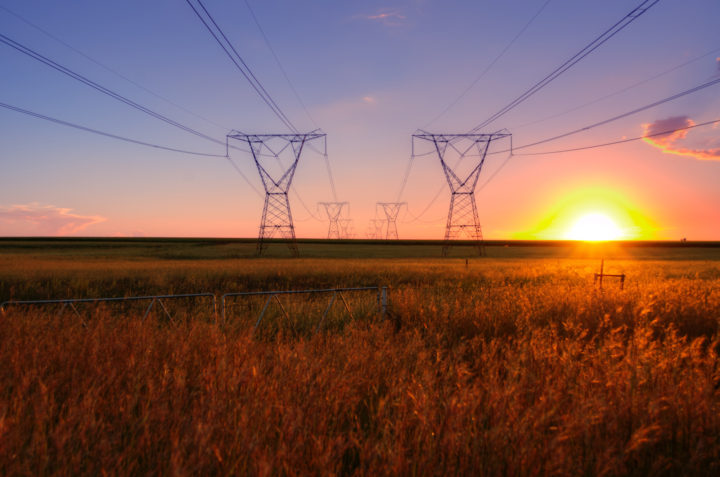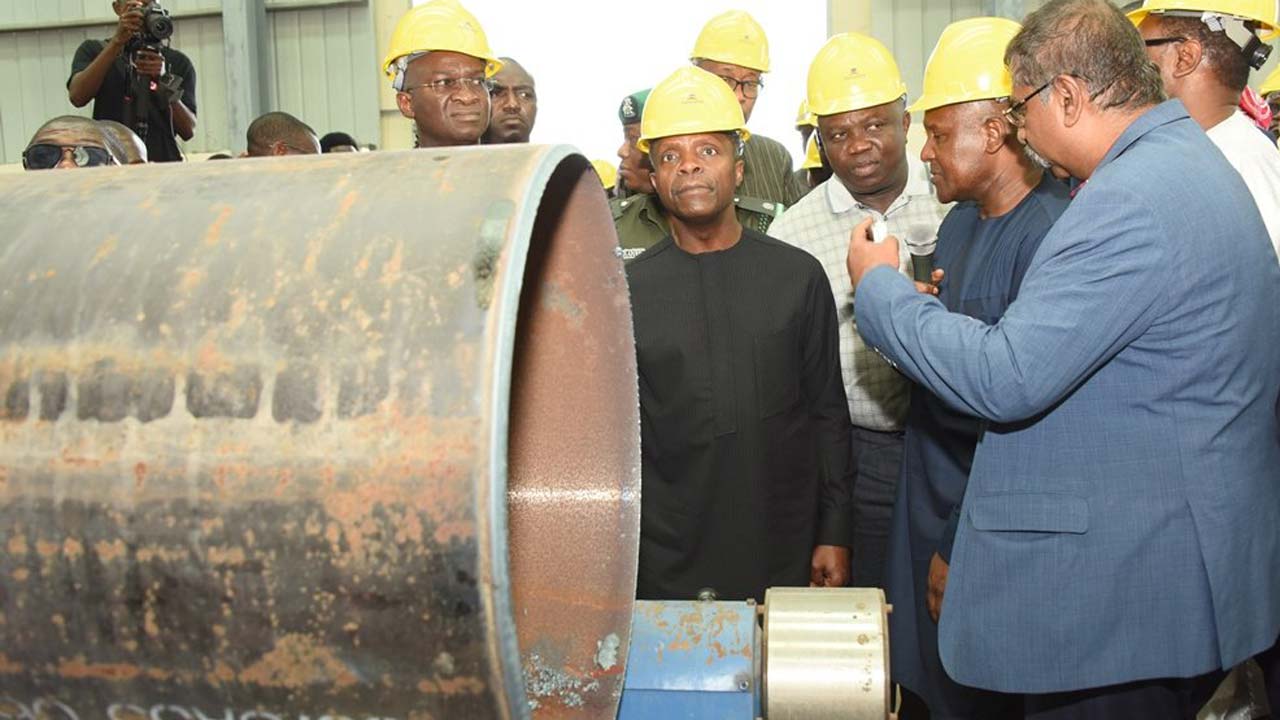White Paper presented at Power Sector Roundtable Conference hosted by Mainstream Energy Solutions Limited on September 24, 2019 at Kainji Dam Hydropower Plant, Niger State
Background
The slow pace of economic diversification
The Economic Recovery and Growth Plan (ERGP) contains the federal government’s position to diversify the economy away from oil towards developing the agricultural and manufacturing sectors. While the oil sector contributes less than 10% to real GDP, it accounts for more than half of total government revenue. The economy remains vulnerable to oil price fluctuations with its ripple effect across non-oil sectors and key macroeconomic variables such as inflation and exchange rates.
Recognising the role of the power sector in economic diversification
In the heat of the recession in 2016, Nigeria’s growth dipped -1.62%. The economy recovered in 2017 with a growth of 0.82% and this was sustained to 1.93% in 2018, due to oil price recovery and stability in domestic oil production. Growth, albeit fragile, is expected to reach 2.1% by the end of 2019 according to PwC estimates. But output growth still remains significantly lower than population growth which hovers around 2.7%.
Overview of the Nigerian power sector
Power generation capacity falls short of pre-privatization target
Nigeria has more than 190 million people (the largest in Africa) including large industrial and commercial ventures scatter unevenly across the country. About 40% of the population have no access to electricity and supply is usually epileptic for those that have access. However, the country’s current operational capacity stands at less than 4,000MW, less than 8,400MW projection for 2018 in Multi-Year Tariff Order (MYTO). The installed capacity of 7,000MW is also less than the pre-privatization target of 11,879 MW by 2012 and post-privatization target of 14,218 MW and 40,000 MW by 2013 and 2020 respectively. The bulk of electricity generated comes from thermal sources (gas-fired power plants). As a result, the inadequate gas supply often affects power generation.
Five power plants account for half of power generation in Nigeria
Gas-fired power plants account for more than 77% of total electricity generated (Q4’2018: 71%) while hydro sources accounted for 23% (Q2’2018: 29%). Insufficient gas supply and variability in rainfall and water level at hydro plants, among other challenges, continue impact power generation in Nigeria.
Source: Proshare






